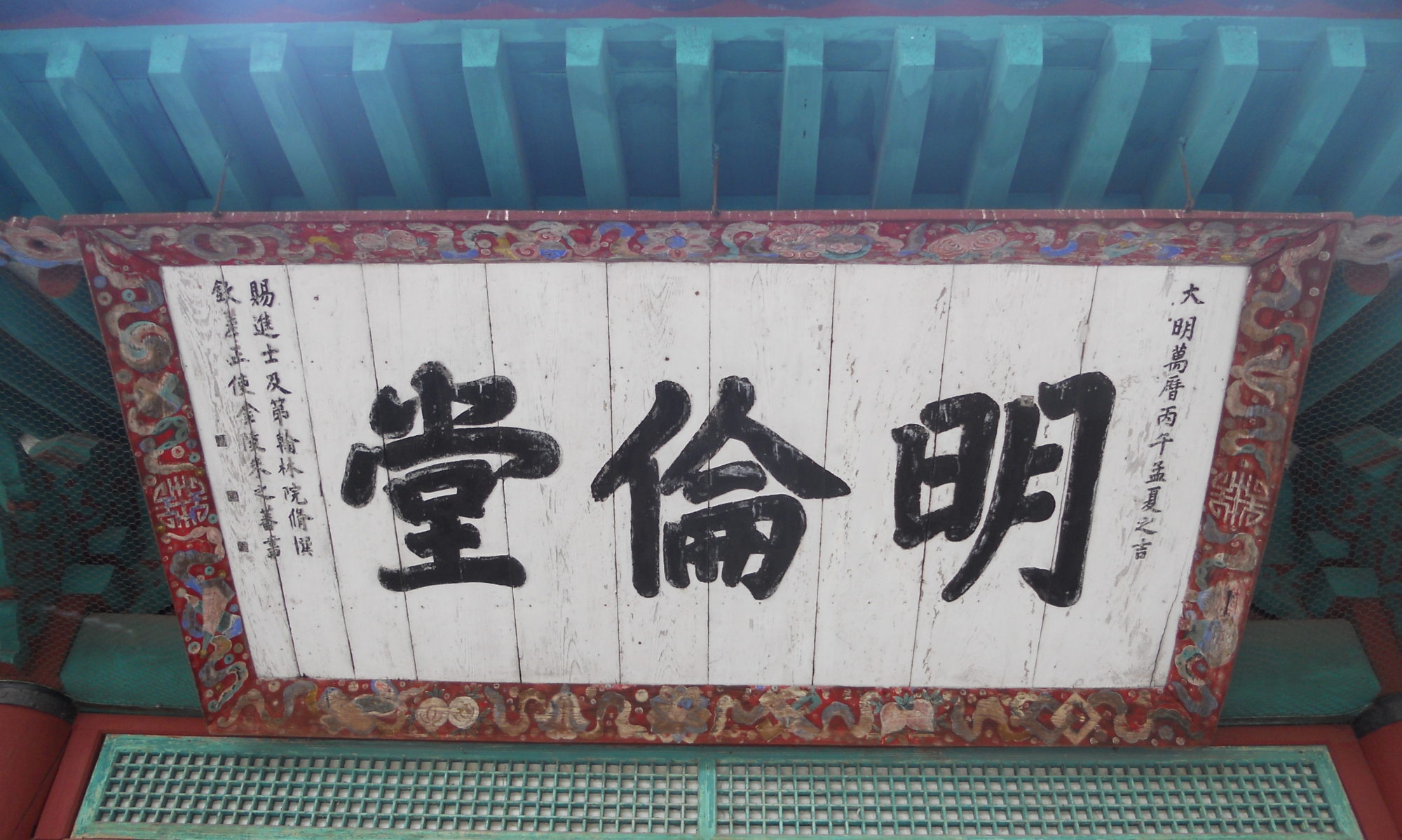“The Story of the Eastern Chamber: Dilemmas of Vernacular Language and Political Authority in Eighteenth-Century Chosŏn”
When we think of writing in premodern Korea, we usually think of them as being in either literary Chinese (hanmun) or vernacular Korean (hangŭl), a linguistic situation often described as “diglossic.” But what do we with a text that is in neither? The late Chosŏn play script, titled the Story of the Eastern Chamber (Tongsanggi) is one such text. Written entirely in Chinese characters, its language hearkens back to the vernacular of late imperial Chinese fiction, employs song suites in the manner of Yuan drama (further reinforced by its titular allusion to the Chinese Story of the Western Chamber), and integrates colloquial Korean words and idioms. This combination defies our conventions of thinking of Chosŏn linguistic as diglossic. It was a linguistic experiment that sought to collapse the distance between Korean vernacular and contemporary Chinese vernacular. While this move seems counterintuitive, if we think of vernacular language in distinctly “national” terms, this essay shows it makes eminent sense when the text is placed in its Chosŏn period context. The Eastern Chamber spoke to a number of anxieties that occupied the Chosŏn elite and the Korean court, namely how cultural continuity with the past and compatibility with universal cultural aspirations could be reconciled with linguistic difference and change over time.

